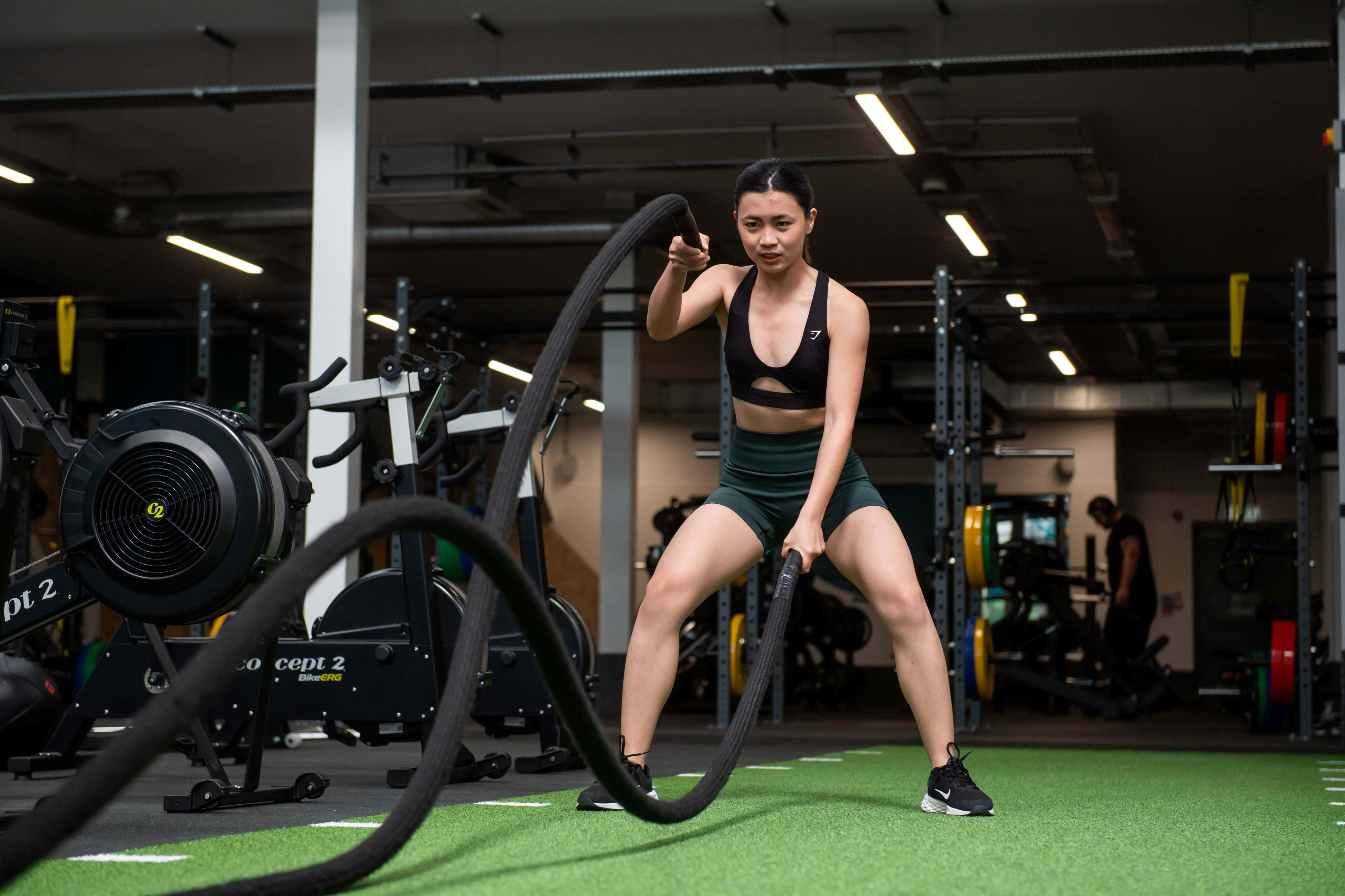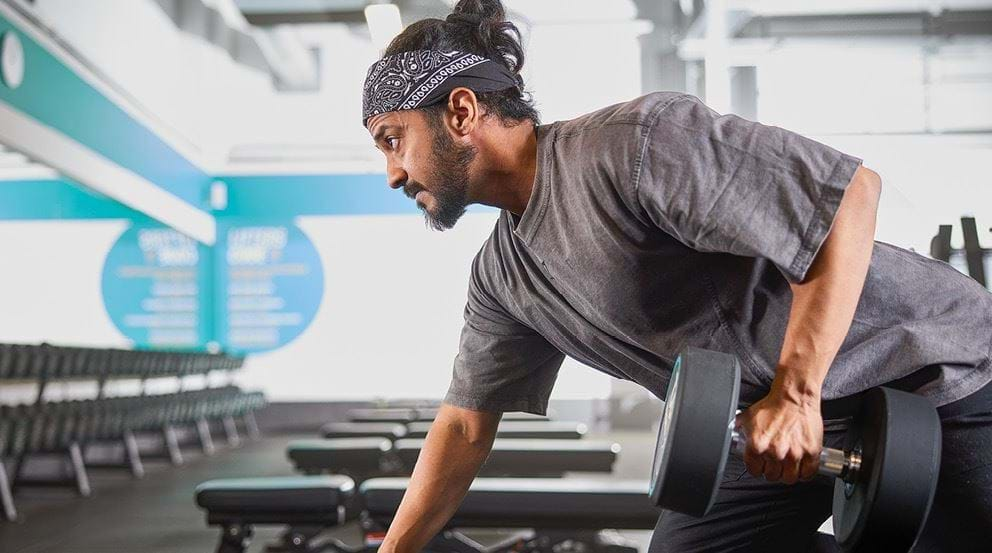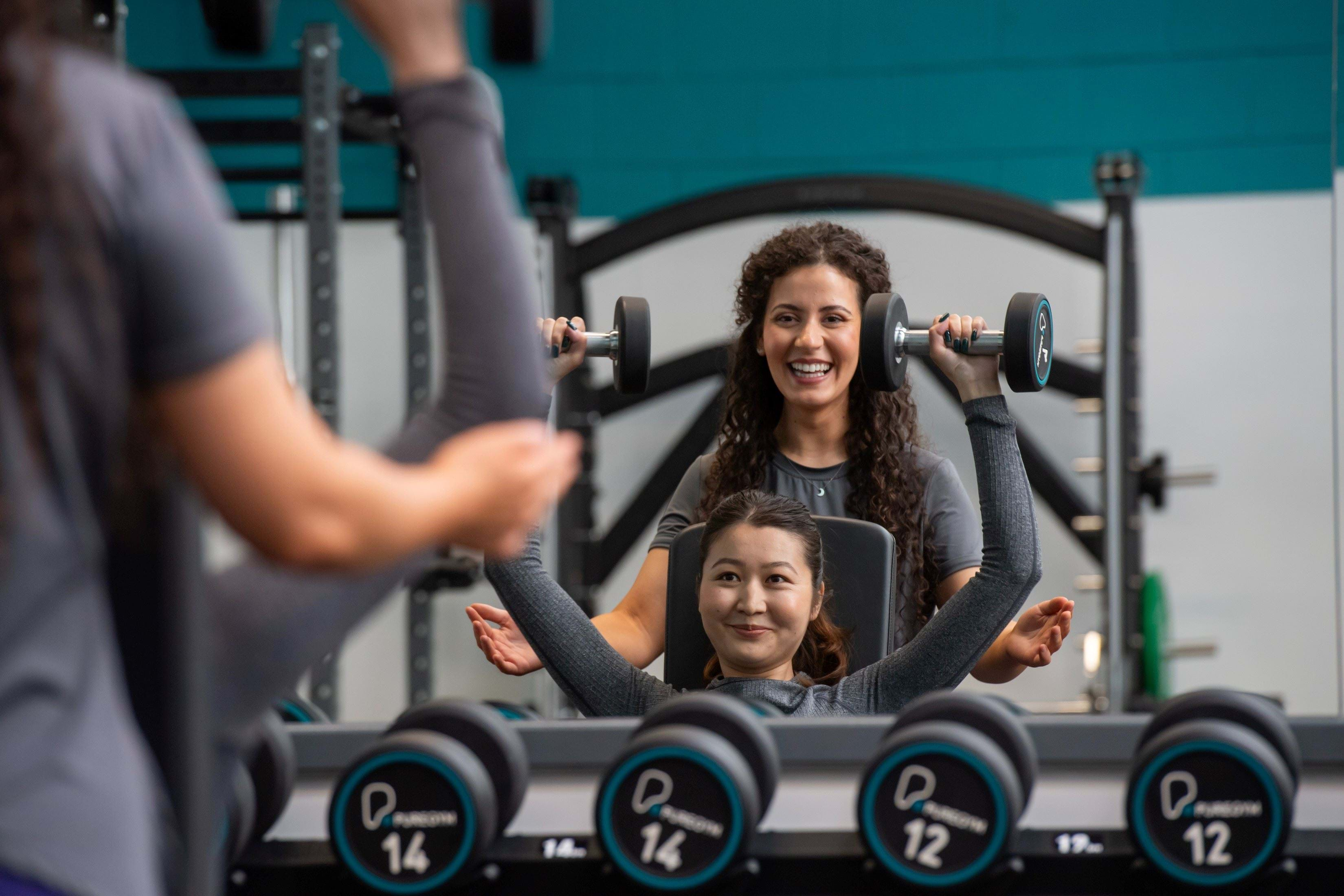A Beginners Guide To Battle Ropes

You may have recently noticed a wide range of professional athletes --- particularly mixed martial artists --- being photographed and recorded doing weird-looking exercises with ropes.
Believe it or not, this isn't some promotional trend for the next blockbuster pirate film. "Battle ropes", as they're generally known, are a dynamic and powerful training tool, with the potential to overhaul your conditioning and even help you to build a bit of strength at the same time.
These thick, heavy ropes are tied (or "anchored") in place and can be used in a nigh-on-endless number of ways. Here are a few of the more popular exercises. Just be sure to allow enough slack in the ropes for the exercises to work.
BATTLE ROPES MOVEMENT - ALTERNATING WAVES
Alternating waves are the battle rope exercise you're most likely to see in training montage videos. The reason? They look cool.
Alternating waves are an archetypal HIIT exercise. Here, the name of the game is to keep moving as quickly and rhythmically as possible, while maintaining proper form, and pushing beyond the point of exhaustion. Think of it as sprinting with your upper body.
To perform this exercise:
- Stand facing the anchor, with one rope in each hand, palm facing in.
- Bend your knees and lean forward slightly, then "whip" the first rope with one arm to create a wave pattern that reaches all the way to the anchor.
- Follow the same movement with the second rope almost immediately after beginning it with the first. The two waves should follow closely one after the other.
- Alternate the waves rapidly and continuously.
BATTLE ROPE MOVEMENT - POWER SLAMS
The battle rope power slam is the equivalent of a medicine ball slam. This exercise will, among other things, target the lats and abs, stimulating a high degree of muscular contraction and contributing to overall explosive strength.
To perform this exercise:
- Stand up straight, facing the anchor.
- Position your feet shoulder width apart, with a rope in each hand, palm facing inward.
- Raise your arms up over your head and then slam the ropes down onto the ground as hard as possible.
- At the end of the motion, you should be in a squat position, with a straight back.
- Stand up again and repeat the movement.
BATTLE ROPE MOVEMENT - BATTLE ROPE STAR JUMPS
The battle rope star jump takes one of the classic plyometric exercises, turns the difficulty up a notch, and adds a substantial shoulder training component. It won’t be long before this exercise leaves you puffing, panting, and longing to drop your arms.
To perform this exercise:
- Stand up straight, facing the anchor.
- Position your feet together, and hold a rope in each hand, palms facing inward.
- Explode out into a star jump, jumping your legs out wide to the sides while simultaneously lifting your arms straight out to the sides and up into the air.
- Each star jump should end with your arms and legs forming a perfect “X” shape. Don’t let your form falter as fatigue sets in.


